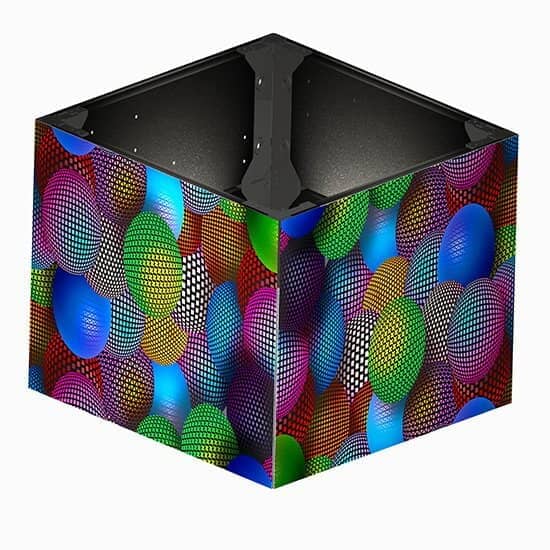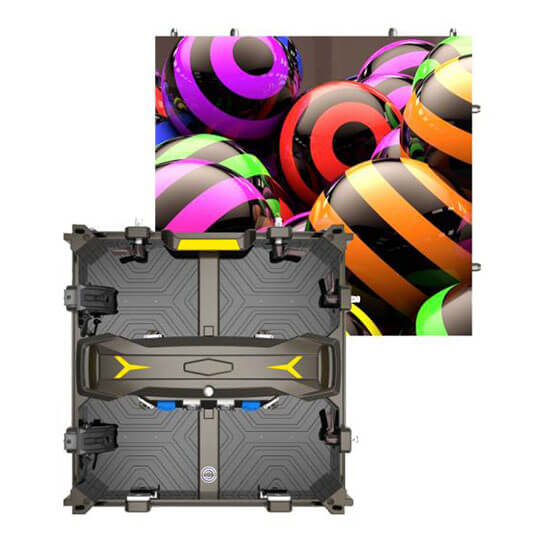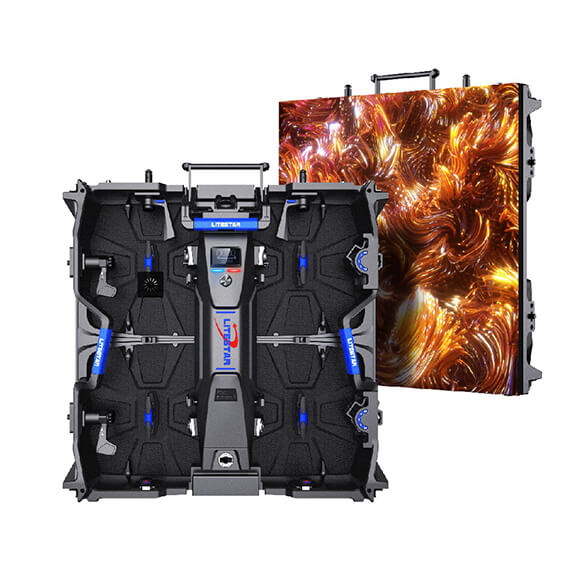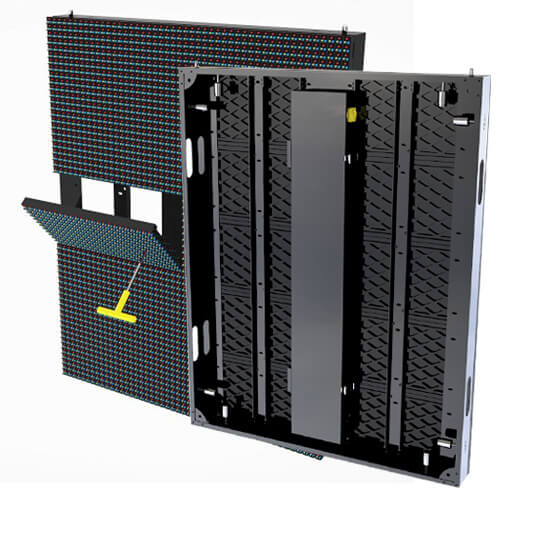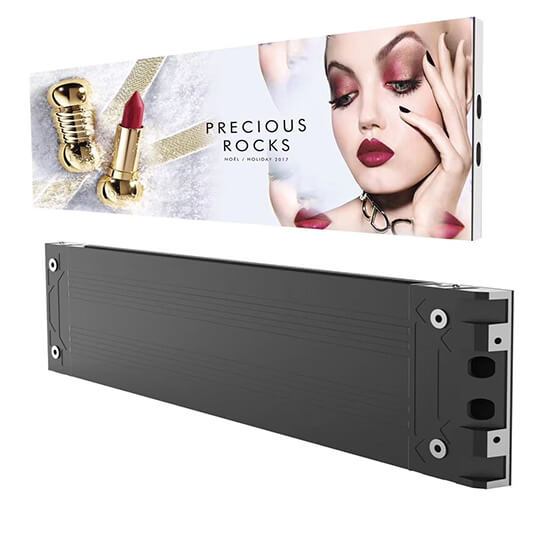LED Display installation Mode
The installation of LED display is different according
to different applications and environments. Below are most common-used ways of
installation.
1. Wall-mounted
1) This way is widely used indoor and in some cases of
outdoor.
2) The advantage of wall mounted is that can save a
lot of spaces. Especially for indoor applications, this is very important.
3) In this case, full front service mode should be used.
That means all parts like modules, PSUs, Cards, cables.... can only be removed
from front.
4) In many cases, steel structures are pre-installed
on wall to fix the cabinets. If the wall is flat enough, the LED display can be
directly mounted on the wall without additional structures. For Example,
Litestar LSF and LSP series are the most suitable for wall mounted
applications.

2. Wall-Embedded
1) The whole LED display is embedded in the wall body.
It's similar with wall mounted, but the the display surface is no higher than
the wall.
2) By this mode, the wall body is destroyed. So the
display cannot be too big to avoid damage of the building.
3) It is mostly used on small outdoor signs, like Litestar
OFA/OFC series on which Front Service mode is adopted.

3. Pole support
1) It is most used on outdoor advertising screens.
Depending on the screen size, single pole or double pole can be used. In
addition to the screen steel structure, concrete or steel uprights need to be
made, mainly considering the geological conditions of the foundation.
2) As there is enough space for maintenance, both
front or rear service can be used.

4. Floor Standing
1) This is an easy way for rental applications. Both
the floor support structure and the led display are removable for convenience
of renting in different places.
2) The led wall cannot be built too high to avoid
falling down which results in hurt of people and damage of screens.
3) Litestar supplies all related fllor standing
structures together with led displays as per customer requirement.

5. Hanging
1) Hanging mode are mostly used on rental
applications. In many events, a lot of audio and video instruments are used. A
professional event provider normally has a set of trusses to fix those
instruments and LED displays as well.
2) In some indoor permanent installation applications,
hanging mode is also adopted.

 English
English  Esperanto
Esperanto  Afrikaans
Afrikaans  Català
Català  שפה עברית
שפה עברית  Cymraeg
Cymraeg  Galego
Galego  Latviešu
Latviešu  icelandic
icelandic  ייִדיש
ייִדיש  беларускі
беларускі  Hrvatski
Hrvatski  Kreyòl ayisyen
Kreyòl ayisyen  Shqiptar
Shqiptar  Malti
Malti  lugha ya Kiswahili
lugha ya Kiswahili  አማርኛ
አማርኛ  Bosanski
Bosanski  Frysk
Frysk  ភាសាខ្មែរ
ភាសាខ្មែរ  ქართული
ქართული  ગુજરાતી
ગુજરાતી  Hausa
Hausa  Кыргыз тили
Кыргыз тили  ಕನ್ನಡ
ಕನ್ನಡ  Corsa
Corsa  Kurdî
Kurdî  മലയാളം
മലയാളം  Maori
Maori  Монгол хэл
Монгол хэл  Hmong
Hmong  IsiXhosa
IsiXhosa  Zulu
Zulu  Punjabi
Punjabi  پښتو
پښتو  Chichewa
Chichewa  Samoa
Samoa  Sesotho
Sesotho  සිංහල
සිංහල  Gàidhlig
Gàidhlig  Cebuano
Cebuano  Somali
Somali  Тоҷикӣ
Тоҷикӣ  O'zbek
O'zbek  Hawaiian
Hawaiian  سنڌي
سنڌي  Shinra
Shinra  Հայերեն
Հայերեն  Igbo
Igbo  Sundanese
Sundanese  Lëtzebuergesch
Lëtzebuergesch  Malagasy
Malagasy  Yoruba
Yoruba  Español
Español  Português
Português  русский
русский  Français
Français  日本語
日本語  Deutsch
Deutsch  tiếng Việt
tiếng Việt  Italiano
Italiano  Nederlands
Nederlands  ภาษาไทย
ภาษาไทย  Polski
Polski  한국어
한국어  Svenska
Svenska  magyar
magyar  Malay
Malay  বাংলা ভাষার
বাংলা ভাষার  Dansk
Dansk  Suomi
Suomi  हिन्दी
हिन्दी  Pilipino
Pilipino  Türkçe
Türkçe  Gaeilge
Gaeilge  العربية
العربية  Indonesia
Indonesia  Norsk
Norsk  تمل
تمل  český
český  ελληνικά
ελληνικά  український
український  Javanese
Javanese  فارسی
فارسی  தமிழ்
தமிழ்  తెలుగు
తెలుగు  नेपाली
नेपाली  Burmese
Burmese  български
български  ລາວ
ລາວ  Latine
Latine  Қазақша
Қазақша  Euskal
Euskal  Az?rbaycan
Az?rbaycan  Slovensky jazyk
Slovensky jazyk  Македонски
Македонски  Lietuvos
Lietuvos  Eesti Keel
Eesti Keel  Română
Română  Slovenski
Slovenski  मराठी
मराठी  Srpski језик
Srpski језик 





